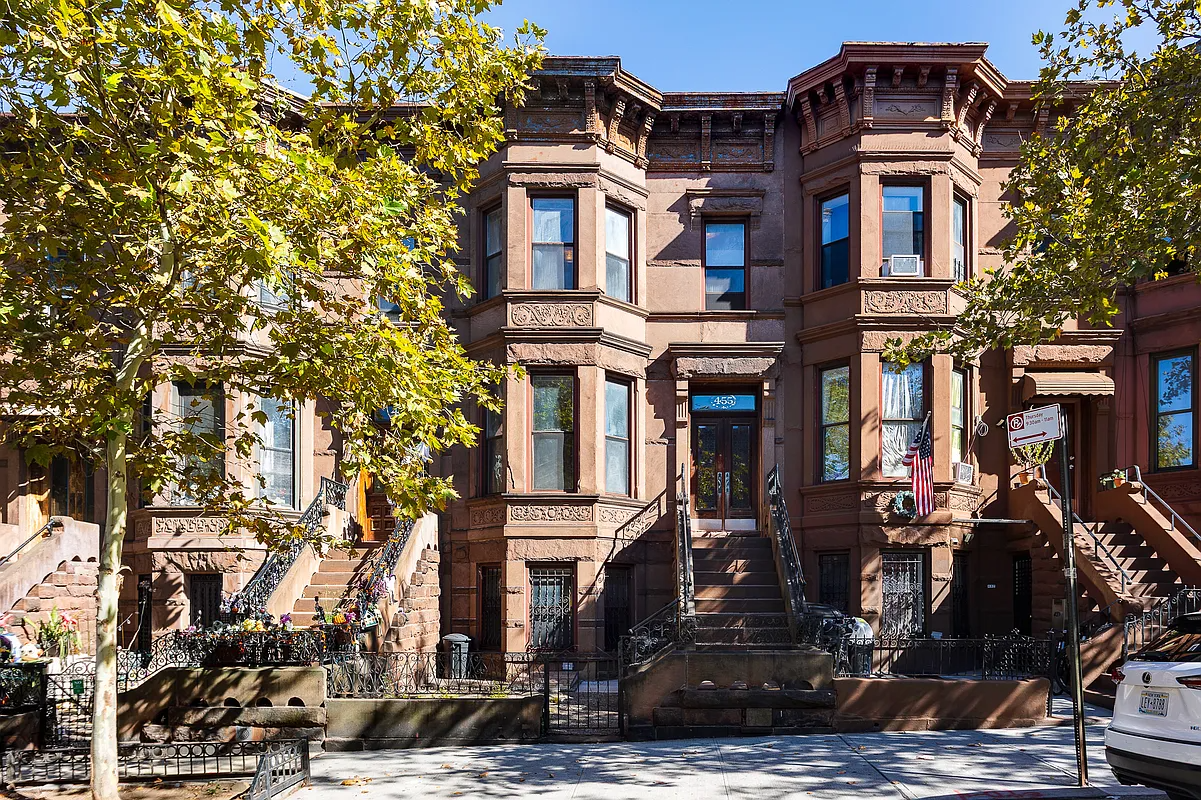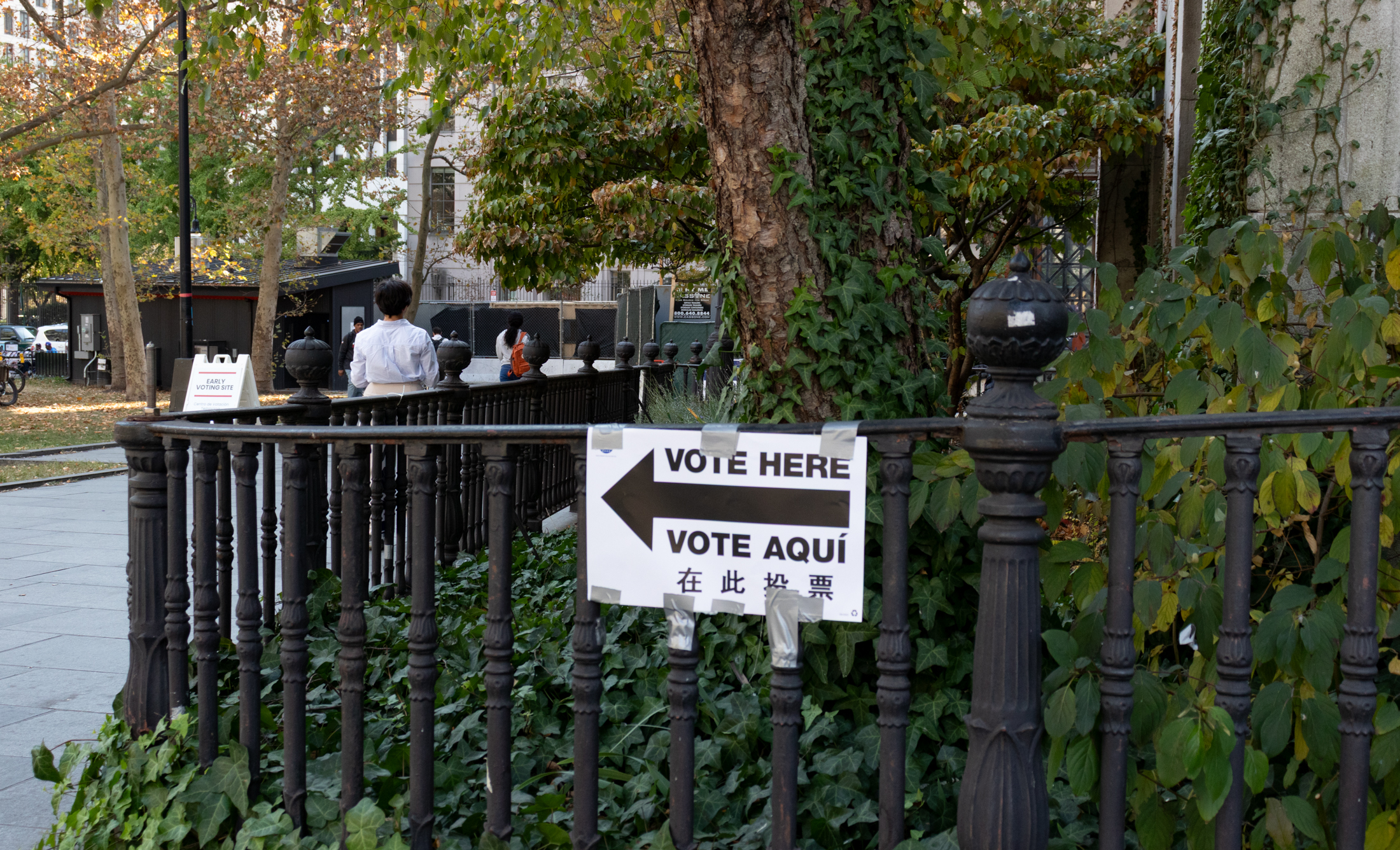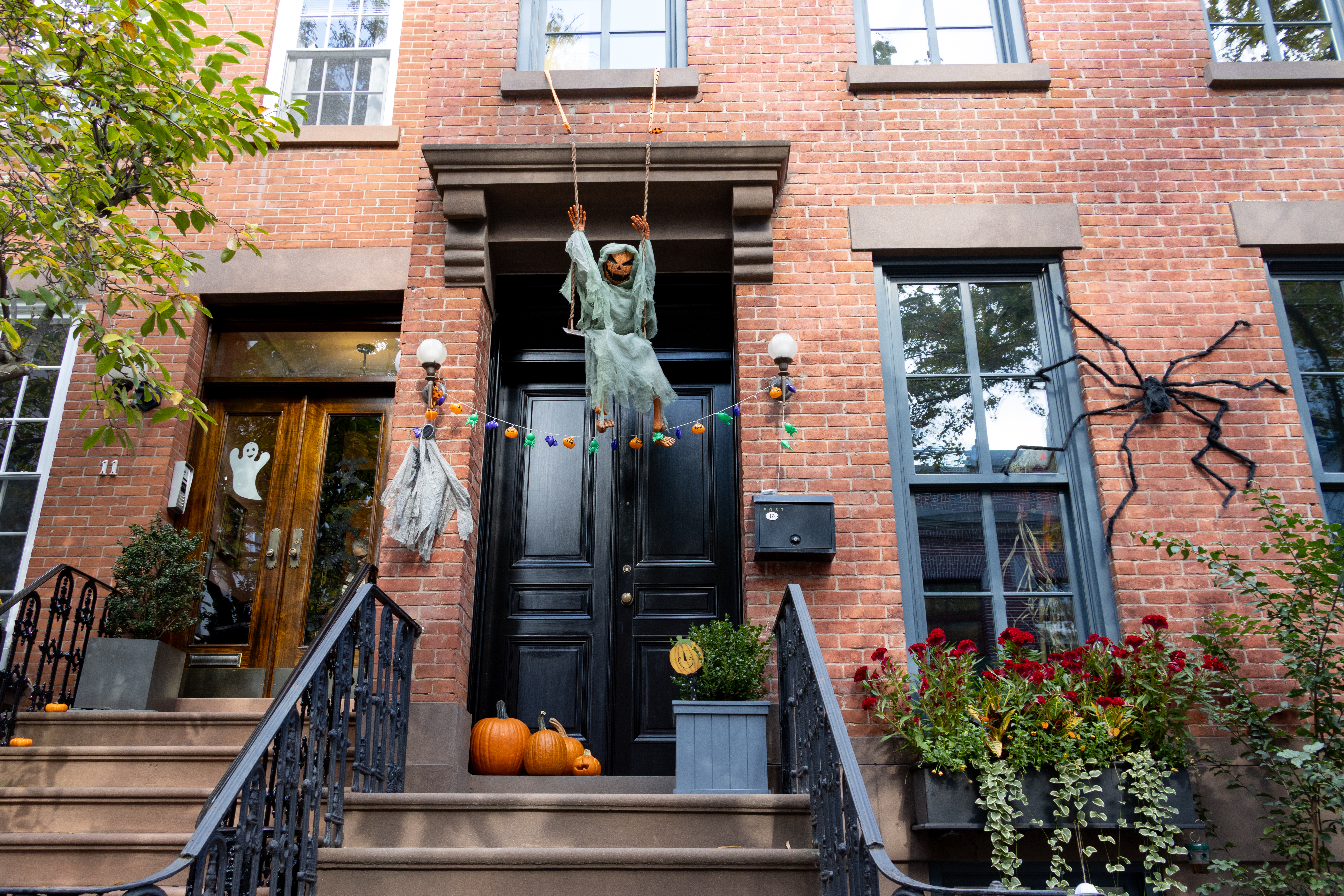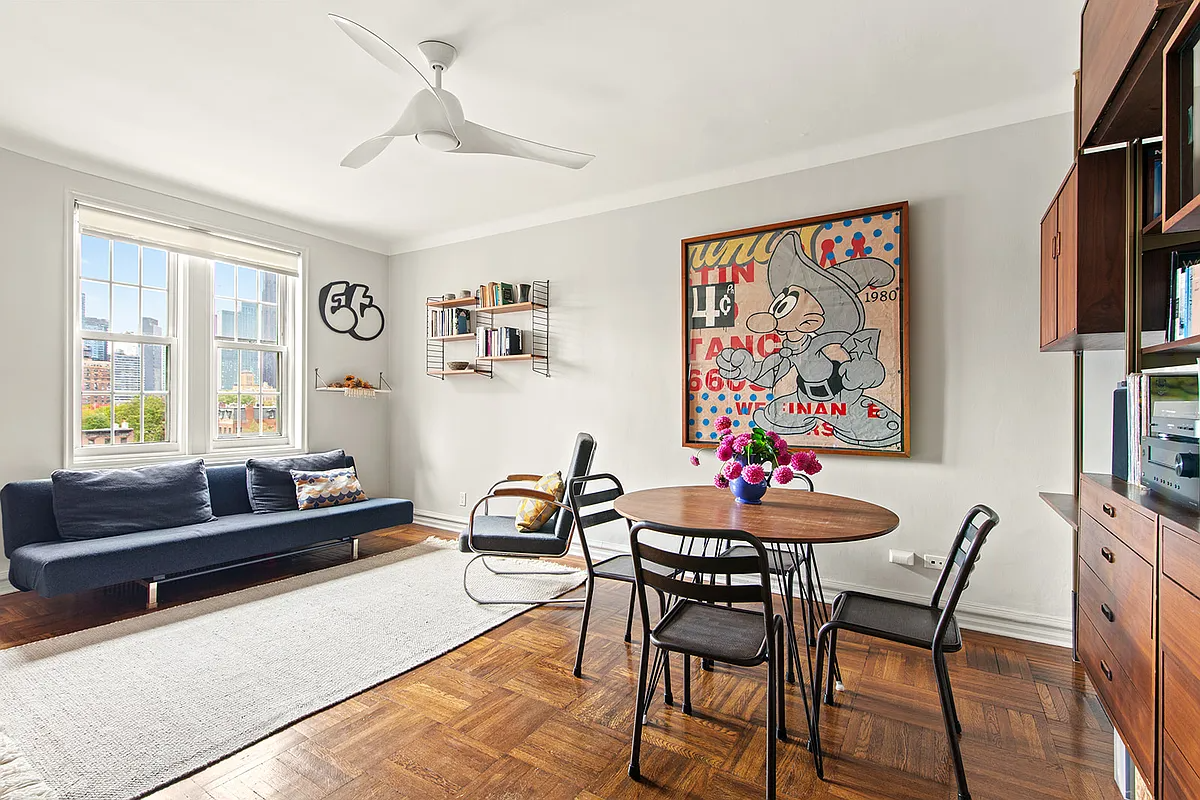Resurrecting Red Hook's Trolley Tracks
There’s been some talk in recent years about the possibility of creating trolley lines to service areas of Brooklyn and Queens that are hard to access by public transportation, but now the idea is officially on the table. According to NY1, at a campaign event earlier this month, Mayor Bloomberg said that he is interested…


There’s been some talk in recent years about the possibility of creating trolley lines to service areas of Brooklyn and Queens that are hard to access by public transportation, but now the idea is officially on the table. According to NY1, at a campaign event earlier this month, Mayor Bloomberg said that he is interested in trolley service, and his team is currently investigating the feasibility of using the city’s old trolley tracks, starting in Red Hook. Bob Diamond, president of the Brooklyn Historic Railway Association, is enthusiastic about the idea, saying: “A light rail or a streetcar line usually costs about one-twentieth of what a subway line would cost. And they’re outside, and they use existing streets, so there’s no right-of-way acquisition and the track can be built very quickly.” Now the Department of Transportation will study the feasibility of a light rail or trolley system in Red Hook, research that is financed with about $300,000 in federal funding and should begin this year.
Trolleys Could Make a Comeback in Red Hook [NY1]
Trolleys Coming to Red Hook? [Cobble Hill Blog]
Could Streetcars Return to Brooklyn? [Brownstoner]
Streetcars for Brooklyn: a New Life? [Transport Politic]





fsrq — “85% which are psychological/nostalgic” That’s just not true! That’s just a bunch of blowhard propaganda talk. If it was just psychological/nostalgic then cities around the world wouldn’t have streetcars… and NEWLY BUILT streetcar systems!
QUOTE:
“* The capacity per operator is much higher
* Faster loading/unloading is possible
* Tracks create a sense of permanence that is very important for economic development (long-term decisions about store locations etc.)
* The tracks mark where the vehicle goes… much easier to navigate for people who are going somewhere unfamiliar… i.e., no unexpected routes.
* While streetcars have to deal with traffic as well, cars respect the right-of-way of a train on tracks much more than a bus.”
1) How so? more capacity than an articulated bus? Citation please.
2) How? Is there a different fare collection mechanism? And if so, why couldn’t it be used on buses?
3 through 5) Here’s the real problem with trolleys. Because they have fixed tracks, they’re not maneuverable. When there’s a double-parked truck, or an accident, or a disabled trolley, you’re stuck and cannot go around it. When there’s road construction or a street fair, you can’t reroute onto a parallel street. All you can do is suspend service.
Trolleys may be cheaper than subways, but they’re far more expensive than buses, since they need tracks and catenary wires. And they don’t do anything better than buses do, unless they have a dedicated right-of-way, which seems extremely unlikely, and not a very wise use of limited space.
Here is why Bloomberg (and Diamond) are ridiculous
THIS WILL NEVER HAPPEN….
“1/20th” of a subway line is HUNDRED OF MILLIONS OF DOLLARS and thats before the environmental impact statement, labor issues, frivolous lawsuits and inevitable delays (what you think everyone is going to support this????? – think again).
So even if you could convince people that the supposed benefits of street cars over buses (85% which are psychological/nostalgic) it still wont happen cause we do not have the $ – even with “stimulus” $ – think this project is “shovel ready”
Bloomberg should stick with pragmatic solutions – and frankly with its wide streets – relatively low traffic and lack of mass transit Red Hook is a terrific place to try having truly dedicated bus lanes – with synchronized lights etc… and you know what -if its such a success- then just replace the lane with some track and you can have your feel good streetcars….but really it is just a pipedream.
They’ve been talking about this for nearly my entire adult life.
If the Second Avenue subway can’t even get built, this will never happen. It’s a great idea, and would do wonders to turn Red Hook into an accessible and thriving residential community (high rises!) but it’s just a pipe dream.
Maybe I’m foggy on the details, but wasn’t this actually a done deal in about 2000? The trollies were being rehabbed, the map was laid out, ready to start surfacing or creating the rails, and then 9/11 happened and the funding got taken away. The rail was going to go from Jay St./Boro Hall, down to the waterfront (where everyone figured there’d be a park “someday”), and down the waterfront through Red Hook, just as it did for the dockworkers back in the day.
We’ve covered this topic before… but here’s a few of the many positive attributes of a streetcar (in contrast to a bus)
* The capacity per operator is much higher
* Faster loading/unloading is possible
* Tracks create a sense of permanence that is very important for economic development (long-term decisions about store locations etc.)
* The tracks mark where the vehicle goes… much easier to navigate for people who are going somewhere unfamiliar… i.e., no unexpected routes.
* While streetcars have to deal with traffic as well, cars respect the right-of-way of a train on tracks much more than a bus.
There are many many more. AND before the bus-lovers get all up in arms… I’m not saying buses aren’t an important component of a successful transportation system. They most definitely are!
I think this is a great idea to connect RH with other parts of BK. If this plan goes through, it might be a good time to snatch up some cheap properties there now
Nobody likes riding the bus, smatlantic.
Brooklyn has ample right of way space under the BQE and Gowanus expressways. It would be very easy to run trolleys the entire way, and these could easily connect with nearby subways.